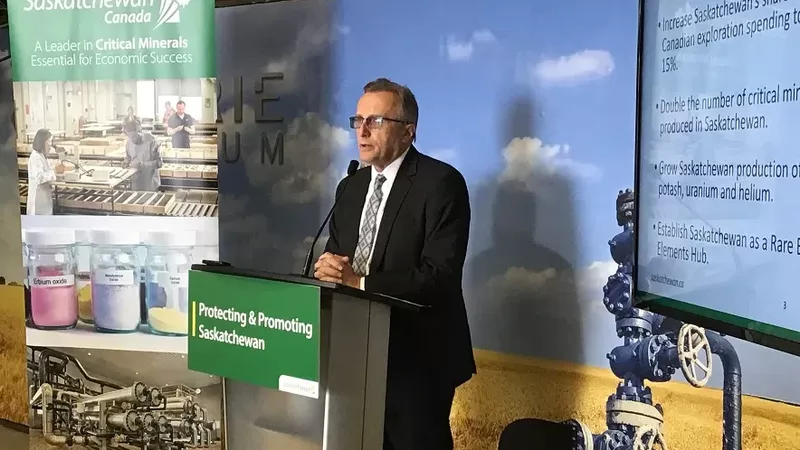
Sask. critical minerals sector gets 2 new incentive programs
Some new incentives have been announced from the province to boost the critical minerals sector.
Two new incentive programs are now in place. One is the Critical Minerals Processing Investment Incentive (CMPII), which will support value-added projects. The other is the Saskatchewan Critical Minerals Innovation Incentive (SCMII) which supports commercial innovation projects targeting 11 critical minerals in the province.
These new incentives will support the development of Saskatchewan’s helium and lithium industries. They will also cover copper, zinc, magnesium, nickel and rare earth elements.
Both are based on oil and gas incentives already in place — the Oil and Gas Processing Incentive and the Saskatchewan Petroleum Innovation Incentive.


